Presented at MWC 2025, the Xiaomi 15 Ultra succeeds the very good Xiaomi 14 Ultra, which is already one of the best smartphones for taking photos. The new high-end phone from the Chinese brand intends to honor its lineage, without making any compromises. The recipe is more or less the same as last year: a solid technical sheet and a close partnership with Leica, the German photography specialist.
But Xiaomi's camera phone has a lot to do to stand out amidst fierce competition from the Galaxy S25 Ultra, Honor Magic 7 Pro, Google Pixel 9 Pro, and other iPhone 16 Pro Max. After two weeks of testing, here is our complete review of the Xiaomi 15 Ultra.
Xiaomi 15 Ultra price and release date
The Xiaomi 15 Ultra is available on the brand's website at the recommended price of 1503 euros in France, in a single version equipped with 16 GB of RAM and 512 GB of storage. A high price that the Chinese brand is trying to soften by offering the "Pro Photo Pack" (see below in this review) for as long as the smartphone is on the market. Good news considering that this same pack was sold for 199 euros last year and that the price of the smartphone itself has hardly changed.
Design: a camera phone with character
From the first moment you hold it, there's no doubt that this is a premium smartphone. From the aluminum frame to the faux leather back and very thin (and uniform) screen bezels, the Xiaomi 15 Ultra is impressive. It's impossible to miss its enormous camera block, which the brand doesn't try to hide, quite the contrary. When the phone is held horizontally, the resemblance to a "real" camera is striking. Obviously, the camera block sticks out a lot and makes the phone wobbly when it's lying flat and you press the top part of the screen.
The other side of the coin is without doubt to go to the side of the bulk and weight of the phone. In addition to being a large smartphone that's not always easy to use with one hand, the Xiaomi 15 Ultra is the thickest, but also the heaviest in its category, at 9.35 mm thick and weighing 229 g. The screen is protected by Shield Glass 2.0 and houses a very fast ultrasonic fingerprint reader. Everything is IP68 certified for optimal resistance to water and dust.
On the right edge, we find the power button (which is textured) and those for adjusting the volume. The smartphone can accommodate two nano-SIM cards via the drawer on the lower edge, in addition to a 5G eSIM. No mini-jack or microSD here, but USB-C, NFC, Bluetooth 6.0 and Wi-Fi 7.
Our opinion on the “Pack Photo Pro”
As mentioned earlier in this review, Xiaomi is providing the “pro photo pack” (priced at €199 last year) with the smartphone this year. The latter consists of a case and a photo grip to improve handling. It connects via the USB-C port and includes a 2000 mAh battery that can recharge the phone. Another USB-C port is also present on the accessory, to allow the whole thing to be connected in order to recharge it.
The grip also allows you to attach a thumb rest which improves comfort when taking one-handed shots. You can also add a small accessory on the shutter button which provides even more finesse for focusing and capturing.
A video recording button is also included, as well as two dials for adjusting the zoom and exposure. Two interchangeable rings are also included. Beyond their aesthetic appearance, they serve as an adapter for adding ND or polarizing filters, which are not included. Practical for photo enthusiasts who are already equipped.
Screen: sublime, quite simply
The Xiaomi 15 Ultra features a 6.73-inch OLED display with a resolution of 3200 x 1440 pixels and an adaptive refresh rate of 1 to 120 Hz. With a resolution of 522 pixels per inch, the smartphone's panel is remarkably precise. By default, colors are well-adjusted with limited drift. In fact, our 01Lab measured a delta E 2000 of just 2.14. Fairer colorimetry by default than the average of its competitors.
Our 01Lab also reports an average screen brightness of 1552 cd/m2. This is more than on the S25 Ultra and the Magic 7 Pro, but a notch below the Pixel 9 Pro XL. A "war of numbers" from which we must remember one thing: the screens of our high-end smartphones are now bright enough to be used in all situations, including in bright sunlight in the middle of summer.
We also note a minimum brightness of only 1.94 cd/m2, which is very good for protecting our little eyes when using the smartphone in the dark. In terms of brightness, the Xiaomi 15 Ultra is average, with 100 GU (brightness units) measured. For reference, the best in this area tested by our 01Lab is the Oppo Find N2 Flip, with only 40 GU. Finally, the display/size ratio is almost identical to that of the Xiaomi 14 Ultra, namely almost 90%. The screen supports HDR10+ as well as Dolby Vision.
Performance: hot in front!
You won't be surprised to learn that the Xiaomi 15 Ultra is equipped with Qualcomm's latest high-end chip, the Snapdragon 8 Elite. A quick look at the benchmarks shows that Xiaomi's phone generally outperforms its competitors in terms of performance, with the exception of the S25 Ultra on Geekbench. Here again, the difference is imperceptible in use, as all these phones are flawlessly responsive in everyday tasks, but also allow you to play games in the best conditions (all out at 60 fps on Android games).
On the other hand, the Xiaomi 15 Ultra tends to heat up quickly. Our 01Lab measured a maximum temperature of 48.2°C and a temperature range of 27.6°C, much higher than that of its smaller counterparts. As expected, this translates into "thermal throttling," meaning a reduction in performance when the temperature rises too significantly. Don't worry, you won't burn your fingers, but the Xiaomi 15 Ultra might not be the ideal phone for demanding mobile gamers.
Battery Life and Charge: Solid on its supports
The Xiaomi 15 Ultra's 5410 mAh battery gives it a mixed battery life of 19 hours and 58 minutes, 30 minutes better than the S25 Ultra, but 45 minutes less than the Honor Magic 7 Pro. A very good average that allows you to consider up to two days of battery life if you don't use your smartphone intensively.
As required by European regulations, no charger is included in the box. With a compatible charger, we managed to use the 90W charging speed, which allows us to go from 0 to 100% battery in just over an hour. It is possible to go faster by activating "Maximum speed" in the charging options. This will, however, make the phone heat up. 80W wireless charging is also included, something few products can boast.
Interface: the good and the not so good
The Xiaomi 15 Ultra runs HyperOS 2.0, based on Android 15. A few months before the release of Android 16, the Chinese brand is promising four years of Android updates and six years of security updates. That's good, but still too little compared to competitors who have all moved to seven years. Too bad for such a powerful smartphone that users could keep for much longer.
Like any self-respecting high-end smartphone in 2025, the interface offers features boosted by artificial intelligence. For example, there is a rather effective "AI Writing" assistant to help you proofread your texts, rephrase them, make them longer or simply summarize them. Voice transcription is also effective, as are live translation and photo editing.
The latter, however, is a little lost among the other photo options. The integration of AI features is not the most intuitive, but the most curious will inevitably end up finding them. That being said, we end up forgetting most of them, as is the case with other smartphones. Only a few truly practical ones remain, such as Google's essential "Circle to search" feature, which is now found on many manufacturers.
It's impossible to talk about Xiaomi's interface without mentioning (as every year) the impressive number of pre-installed applications. Around twenty Google applications, as many from Xiaomi, and around ten partner applications. Some can be uninstalled, and one might understand their presence on a cheap smartphone. But when you spend 1500 euros, we have the right to be uncompromising on this point.
Photo: a very successful partnership with Leica
With such a large camera block, the Xiaomi 15 Ultra can afford to house four cameras, developed in partnership with Leica:
- 50 MP main camera (1-inch sensor), f/1.63 aperture, 23 mm equivalent, optical stabilization (OIS);
- 200 MP telephoto lens, f/2.6 aperture, 100 mm equivalent, 4.3 x optical zoom, optical stabilization (OIS);
- 50 MP floating telephoto lens, f/1.8 aperture, 70 mm equivalent, 3 x optical zoom, optical stabilization (OIS);
- 50 MP Leica ultra-wide angle, f/2.2 aperture, 14 mm equivalent, 115°.
The Xiaomi 15 Ultra's photo app couldn't be more comprehensive. It offers both a default mode that is very easy to use, but also a Pro mode for photographers who like to get their hands a little more dirty.
Leica Authentic or Vibrant?
As soon as you open the camera, you are asked to choose between two shooting modes: Leica Authentic or Leica Vibrant. A choice that is not so trivial, as the rendering can differ in certain scenes.
The Leica Authentic style on the left and Vibrant on the right. – © 01net
Authentic mode emphasizes contrast, with a marked vignetting effect (darker corners). Vibrant mode, on the other hand, offers better dynamics that open up shadow areas, but also tends to offer more vivid colors.
Leica Authentic on the left and Vibrant on the right. – © 01net
Wide-angle
As expected, the main camera module and its 1-inch sensor take high-quality shots, day and night. The details are there and we particularly appreciate the excellent dynamic range management (with the Leica Vibrant mode).
In this same mode, the shimmering colors flatter the retina, a bit like what Samsung's S range offers. It's hard to find fault with the Xiaomi 15 Ultra's camera. If we could find a fault with it, it would be the night mode's tendency to capture a little too much light in certain night scenes, like in the photos below with the lamppost we had in front of us. Digital noise is perfectly managed.
Wide-angle photos taken with the Xiaomi 15 Ultra. © 01net
Ultra-wide-angle
The ultra-wide-angle ensures perfect color continuity with the wide-angle. We still note a sharpness a notch below, as well as a more marked loss of detail in the corners. Nothing alarming, we remain here at the top of the range of what a high-end smartphone can produce.
© 01net
Telephoto x3
We particularly liked the x3 telephoto lens, which comes a little closer to the human field of vision, while maintaining a very good level of detail. Here again, the colors and contrasts are perfectly managed.
© 01net
Telephoto x4,3
Practical for going further into the scene, the x4.3 telephoto lens also performs very well. With the help of adequate software processing, it maintains very good sharpness, even if it shows its limitations in night shots.
© 01net
Digital zoom x10
Although the image is smoother, the processing of the x10 digital zoom can be very useful for reading distant text or capturing certain details of a sculpture.
© 01net
Portraits and selfies
Even without portrait mode, the Xiaomi 15 Ultra can create a bokeh effect. – © 01net.com
Portrait mode (in the image on the left) is impeccable. The clipping is excellent and the background blur is perfectly managed. Despite everything, we are still dealing with an artificial blur that is therefore not very progressive. Note that the 1-inch sensor in the main camera module helps create a more natural bokeh effect if you get closer to your subject (photos 2 and 3 above).
Selfie without portrait mode on the left, with on the right. – © 01net
The 32 MP selfie camera (f/2.0 aperture) does its job perfectly, maintaining a good level of detail. If you can't stand seeing the little imperfections on your skin, you can always opt for different filters that will beautify you.
Video
The Xiaomi 15 Ultra can shoot videos up to 8K (7680 x 4320) at 30 FPS, 4K (3840 x 2160) at 120 FPS and slow motion videos up to 1080p at 1920 FPS, for super slow motion.

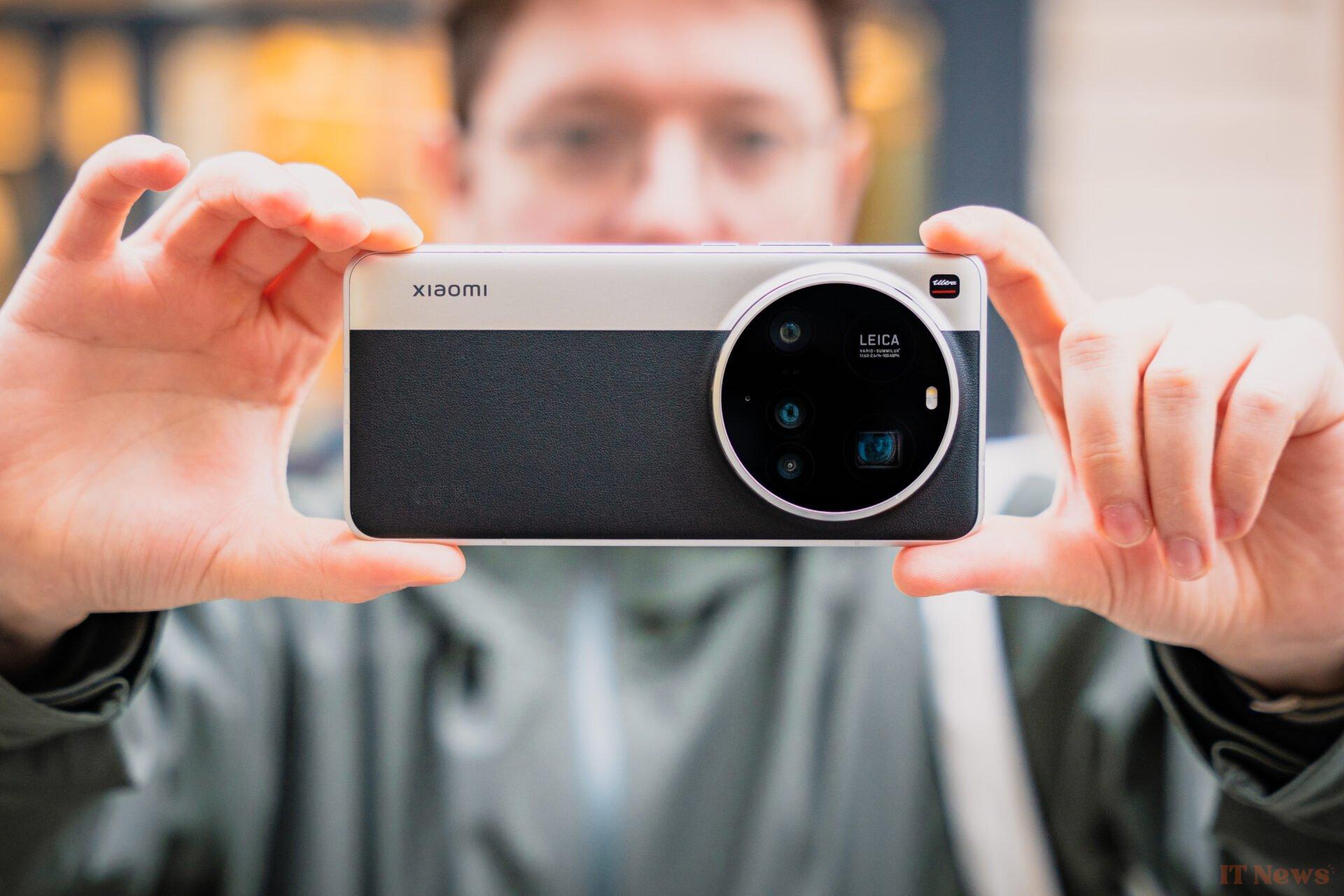
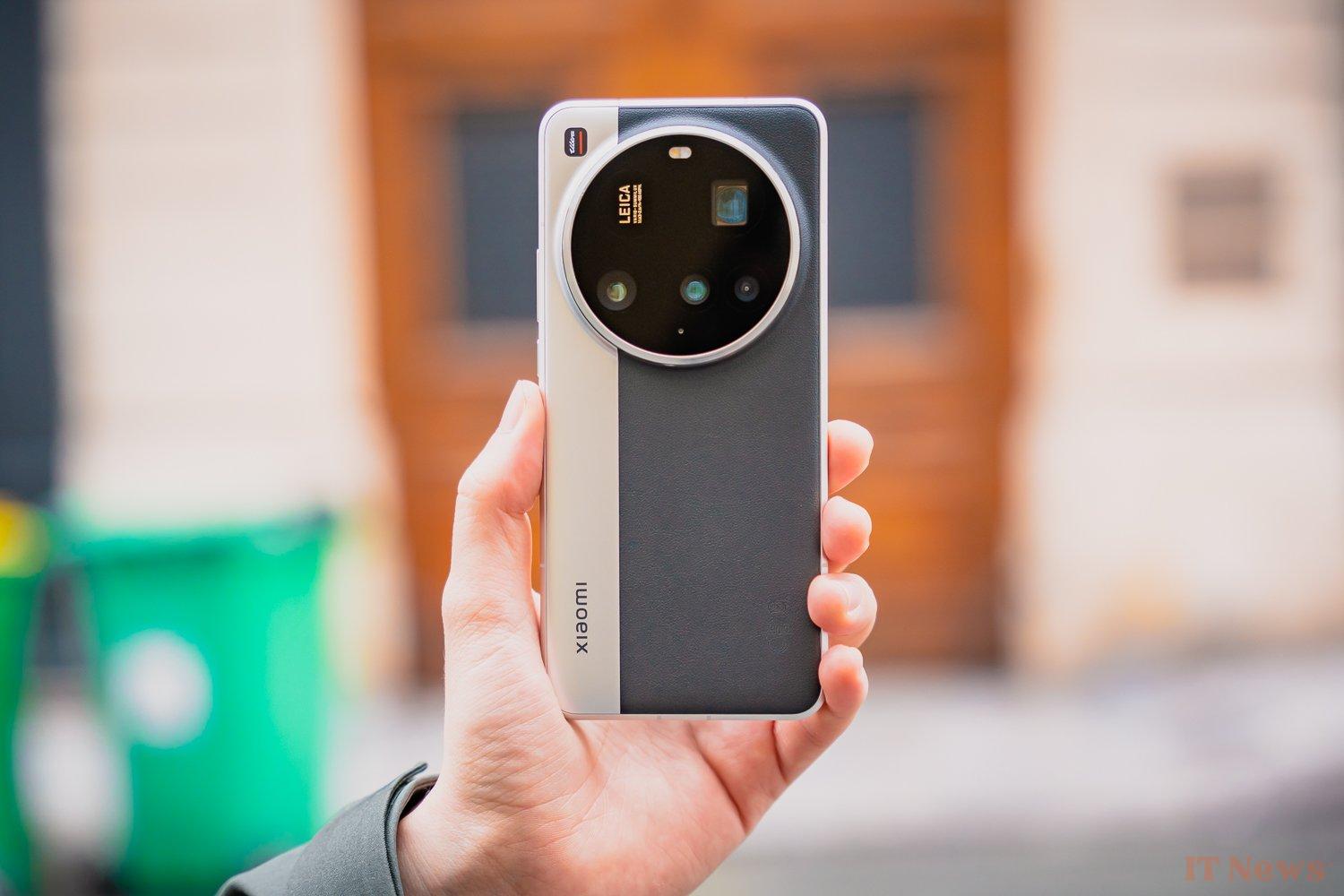
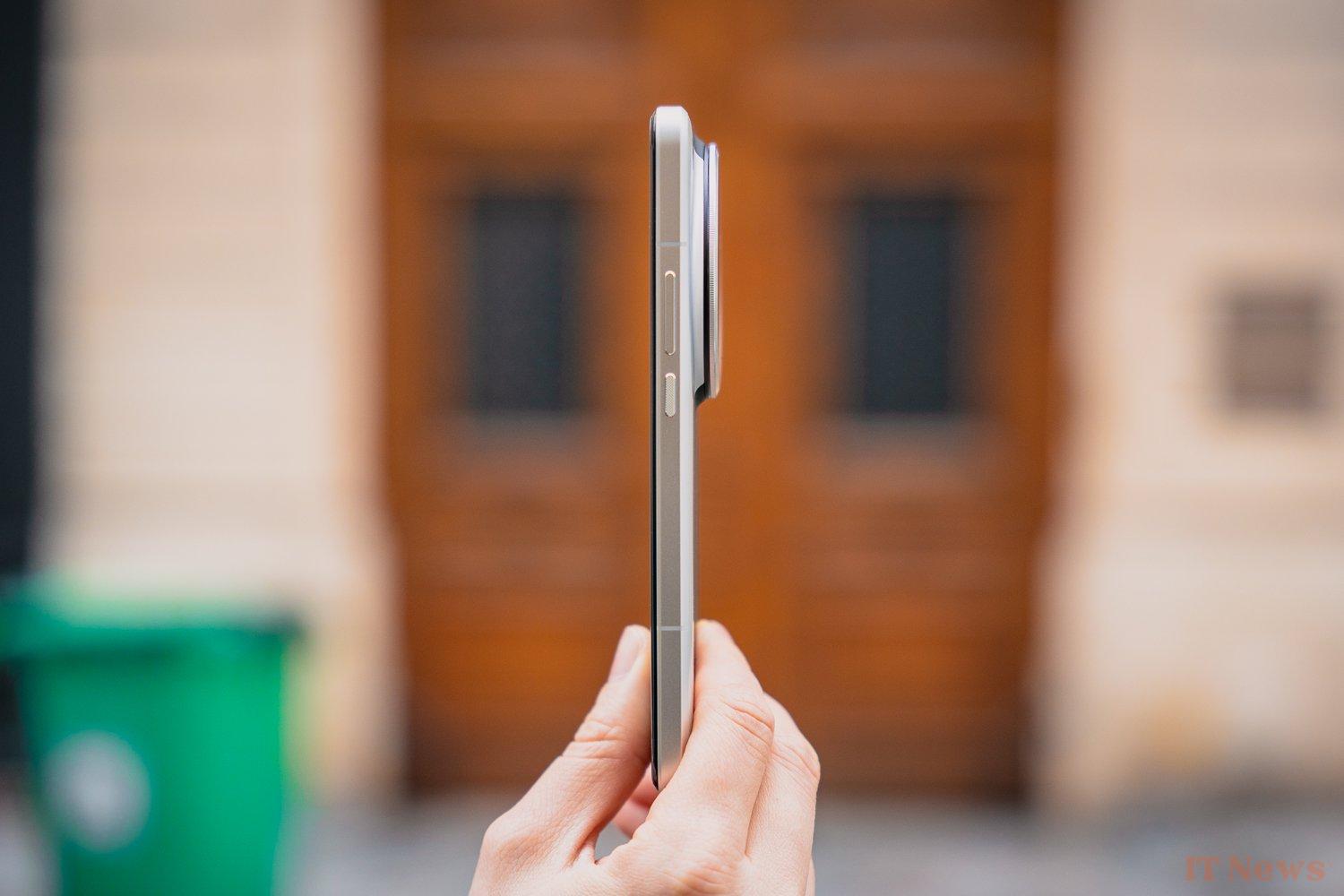
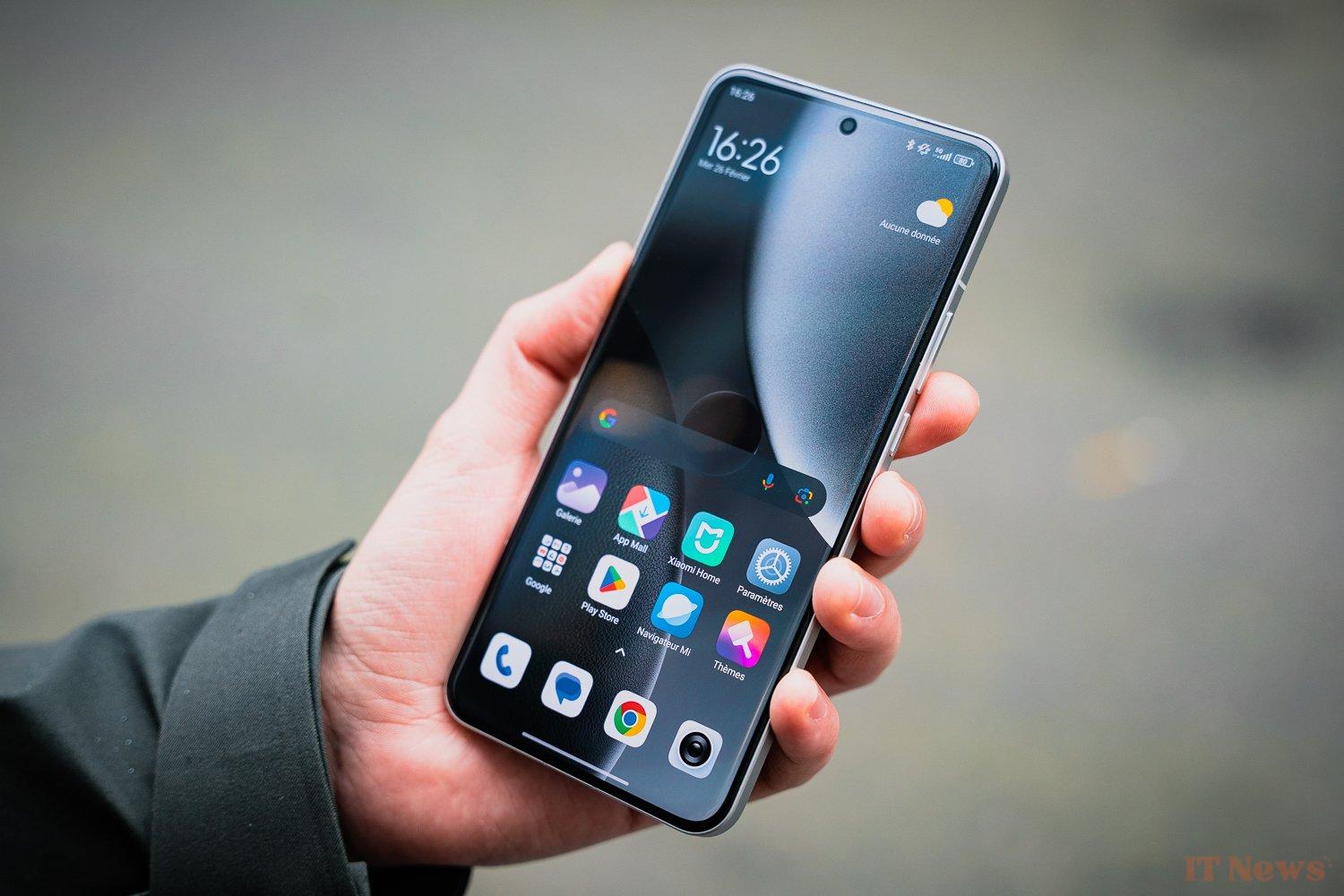
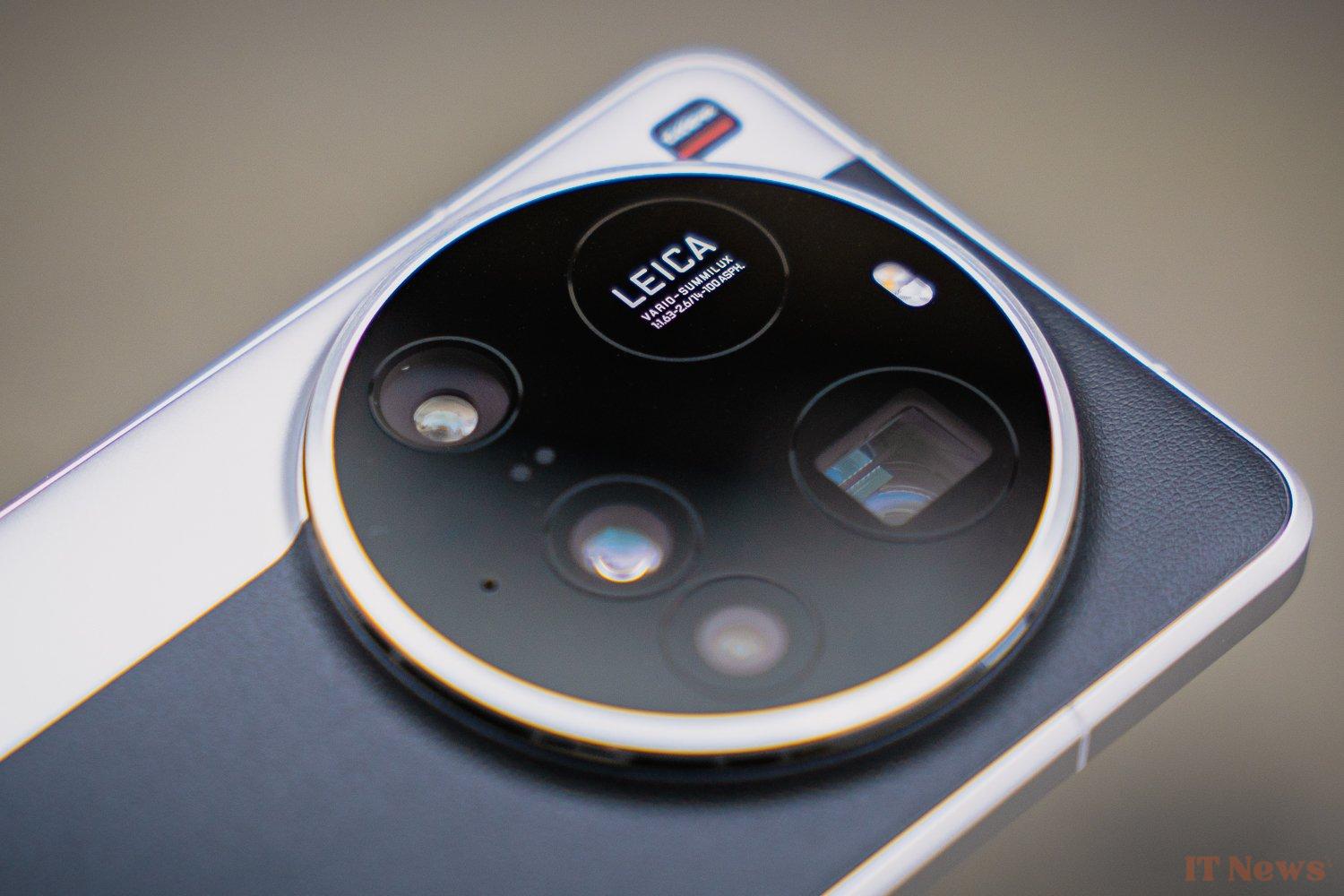
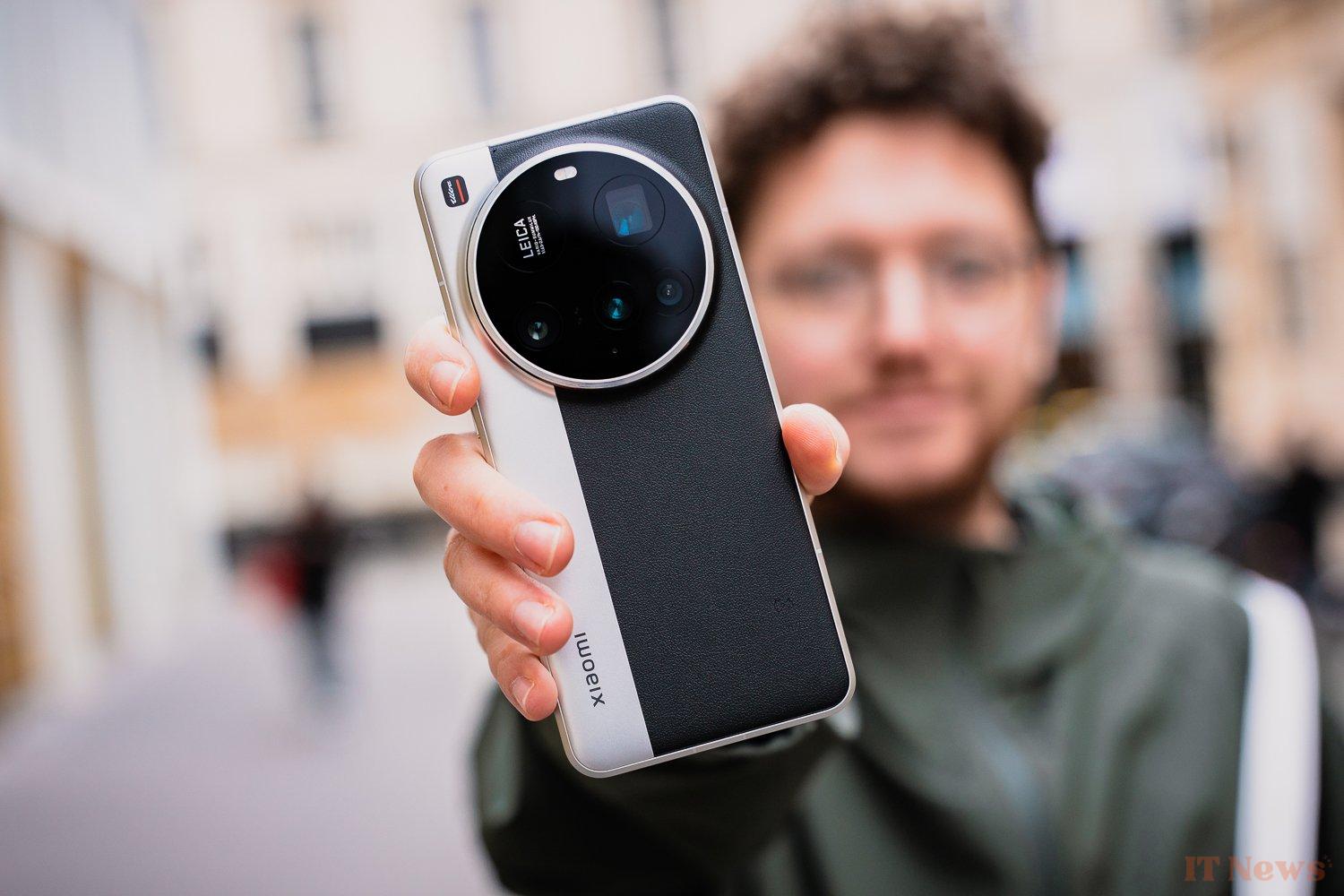
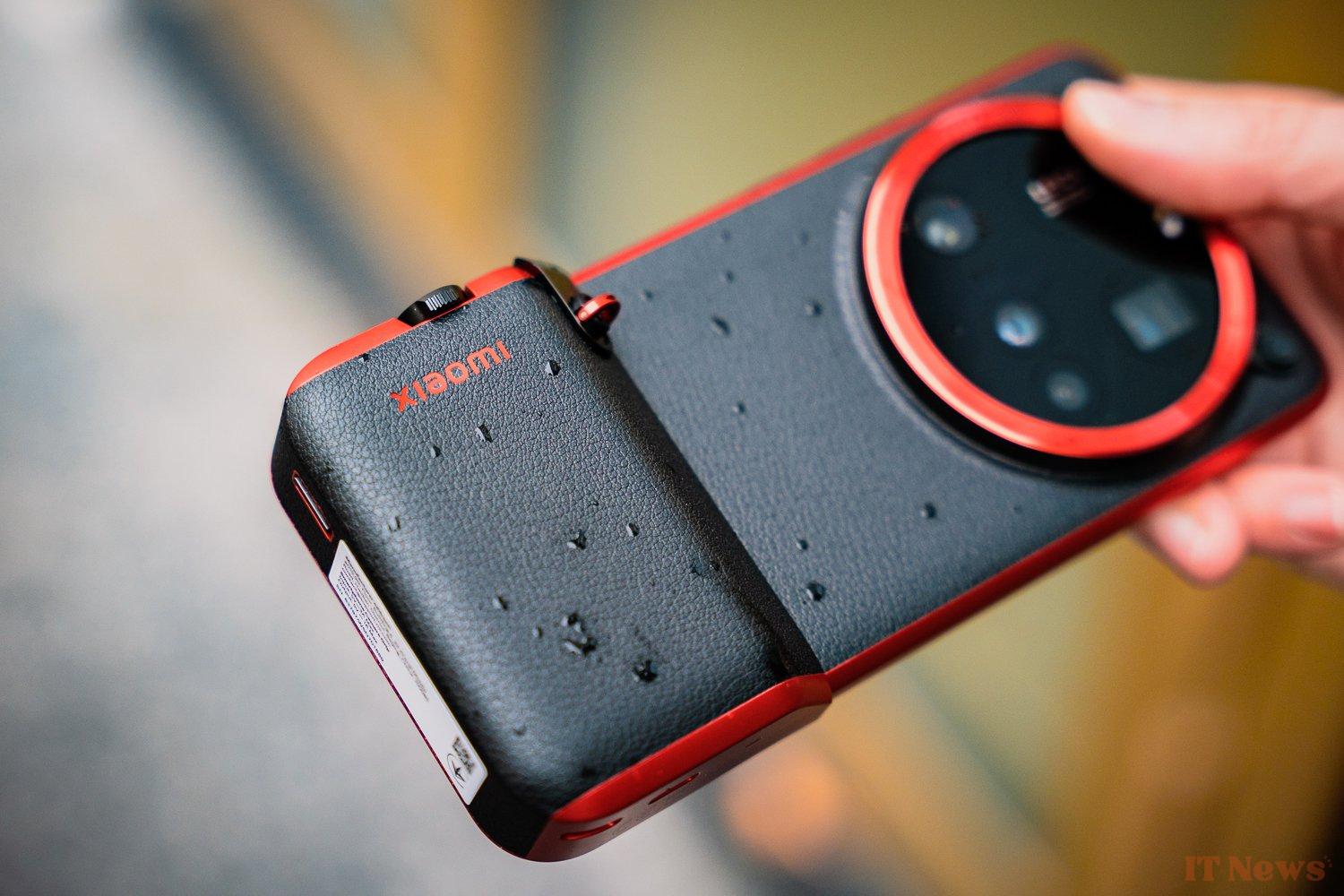
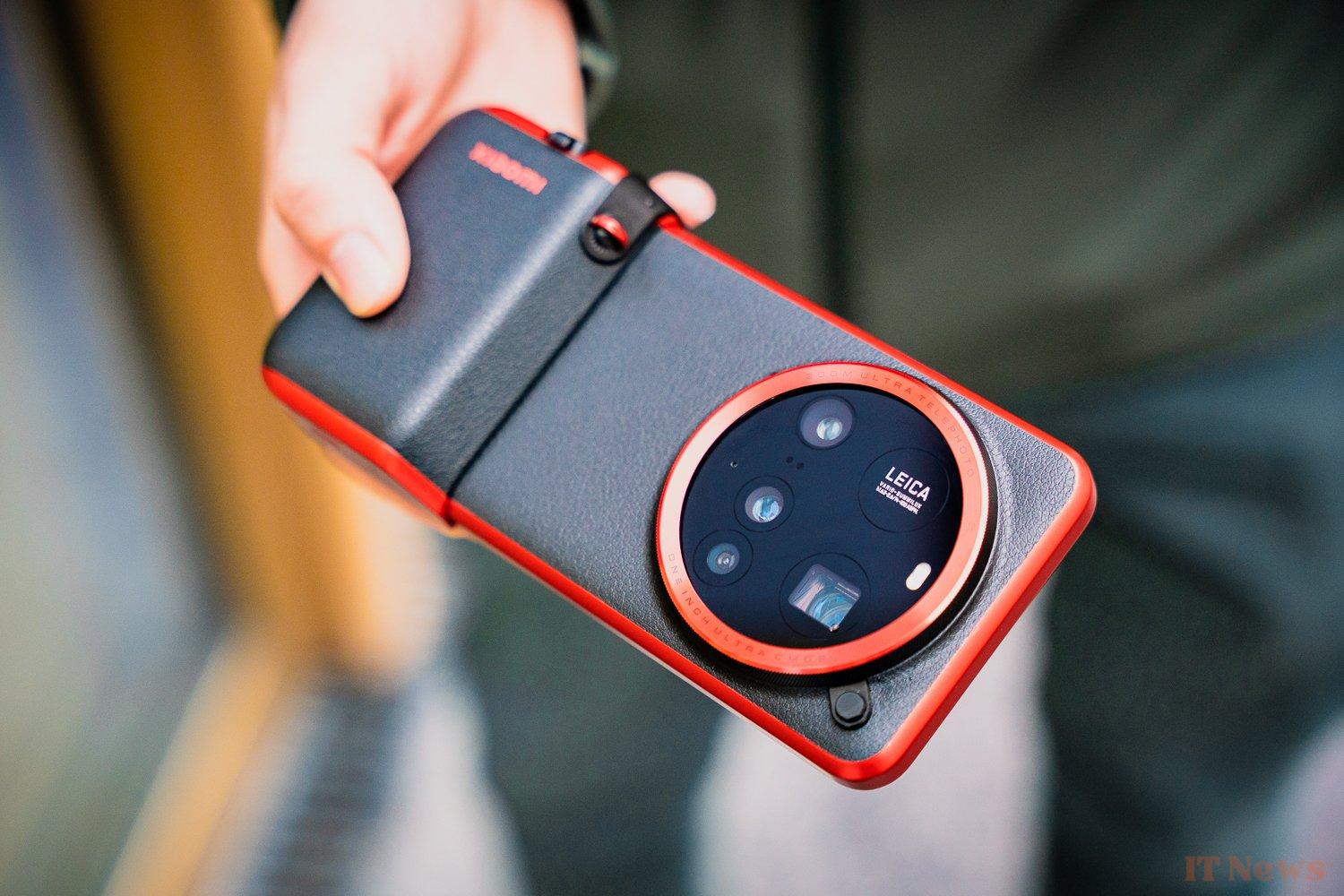
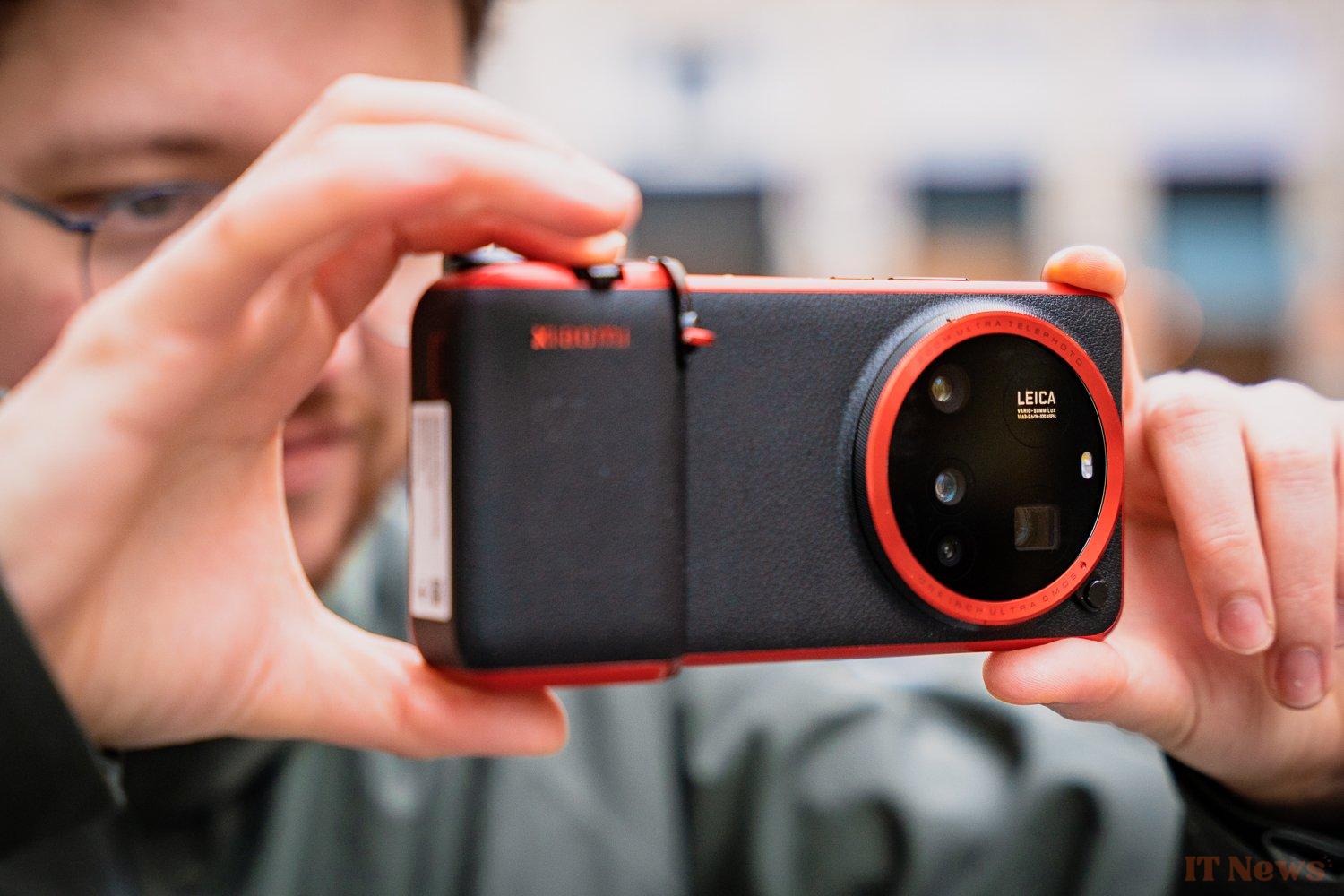
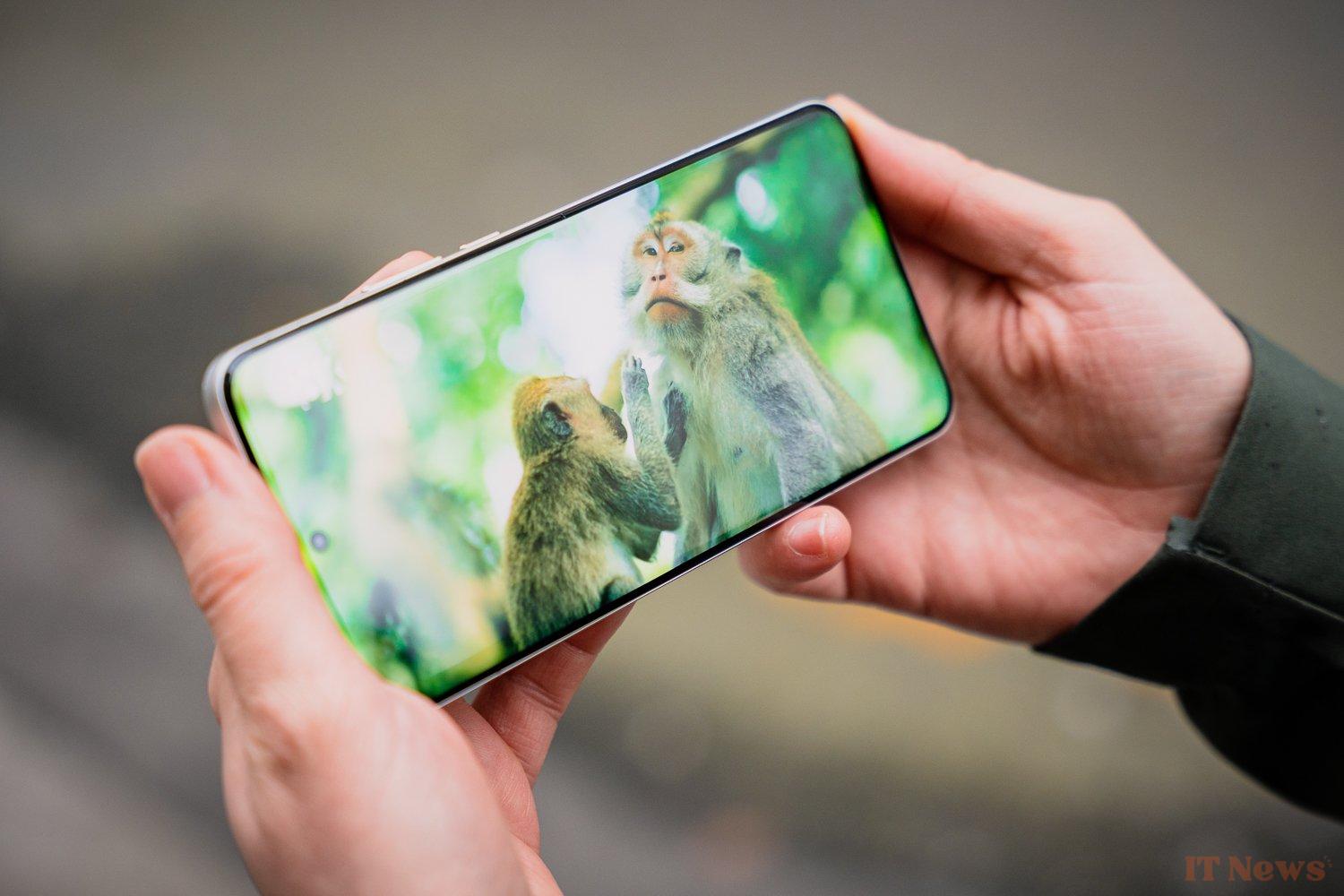
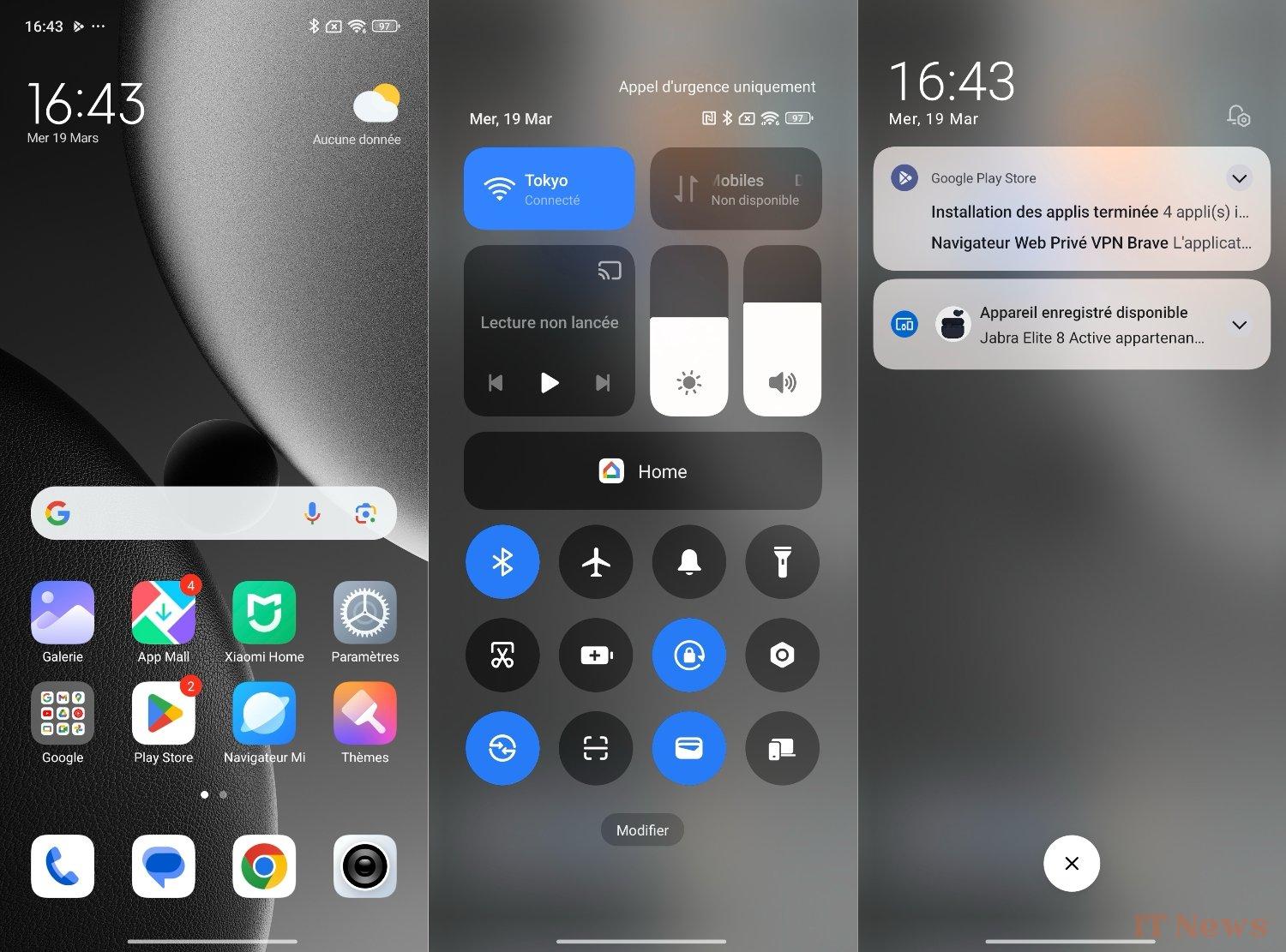
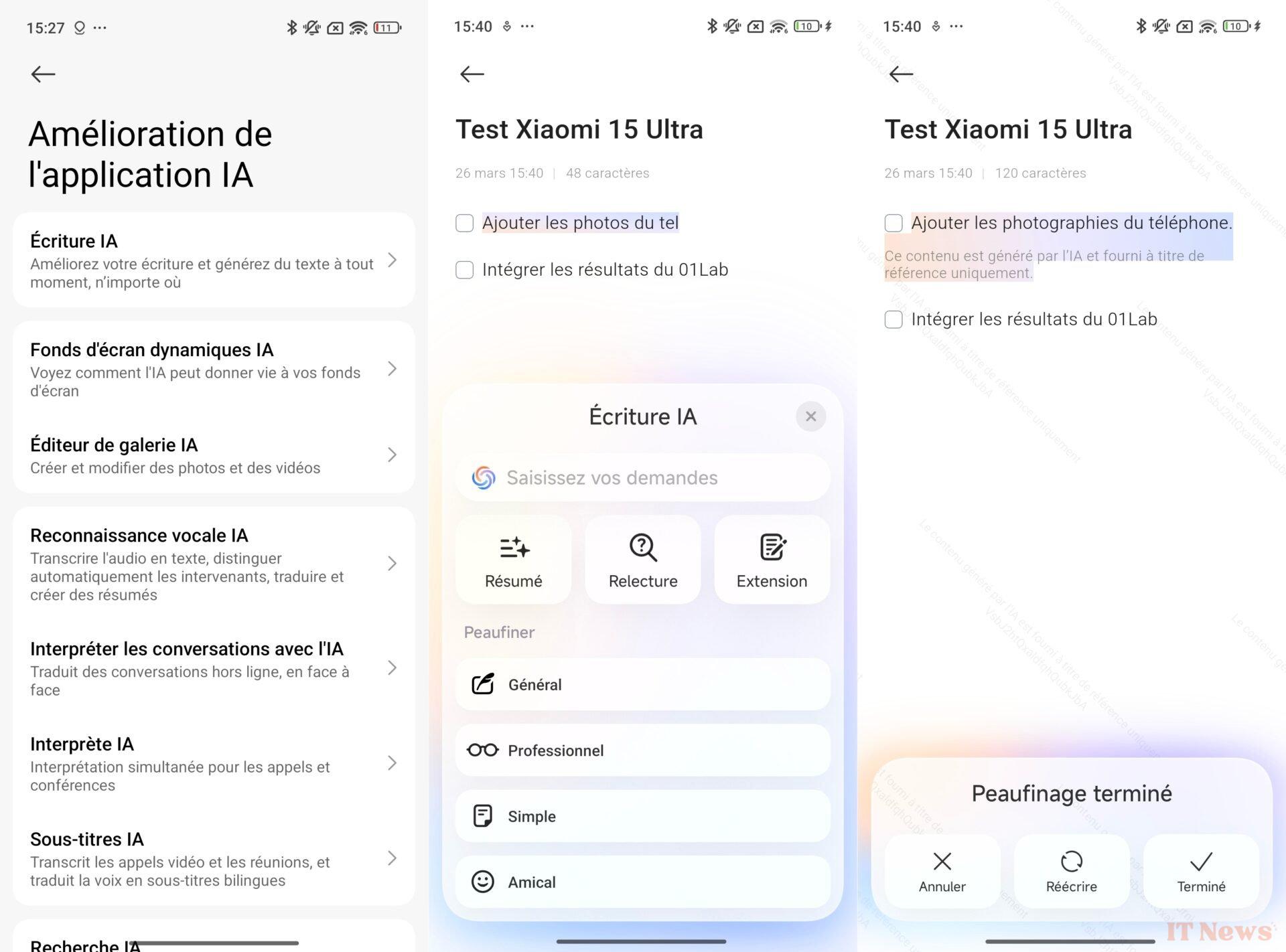
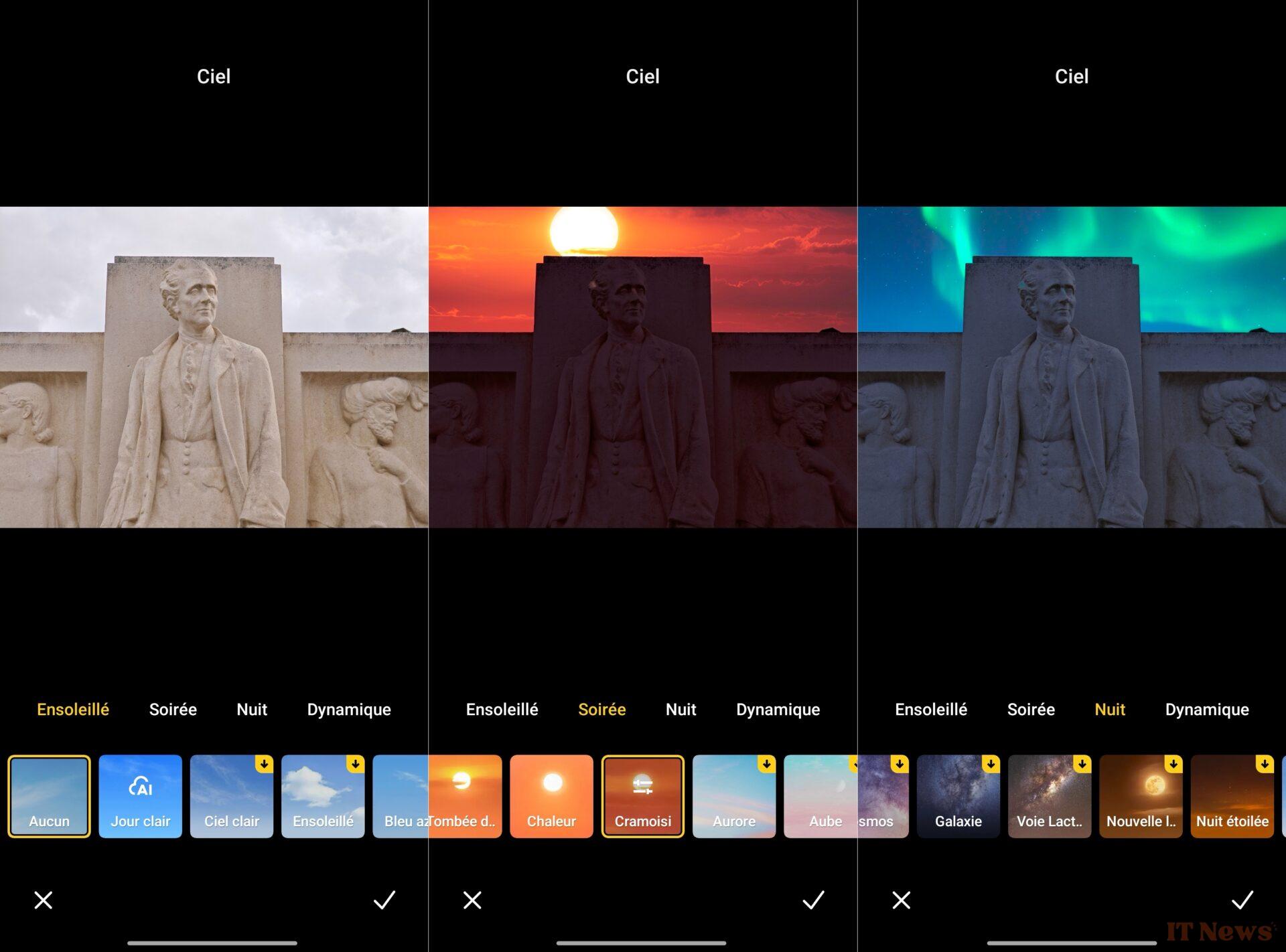

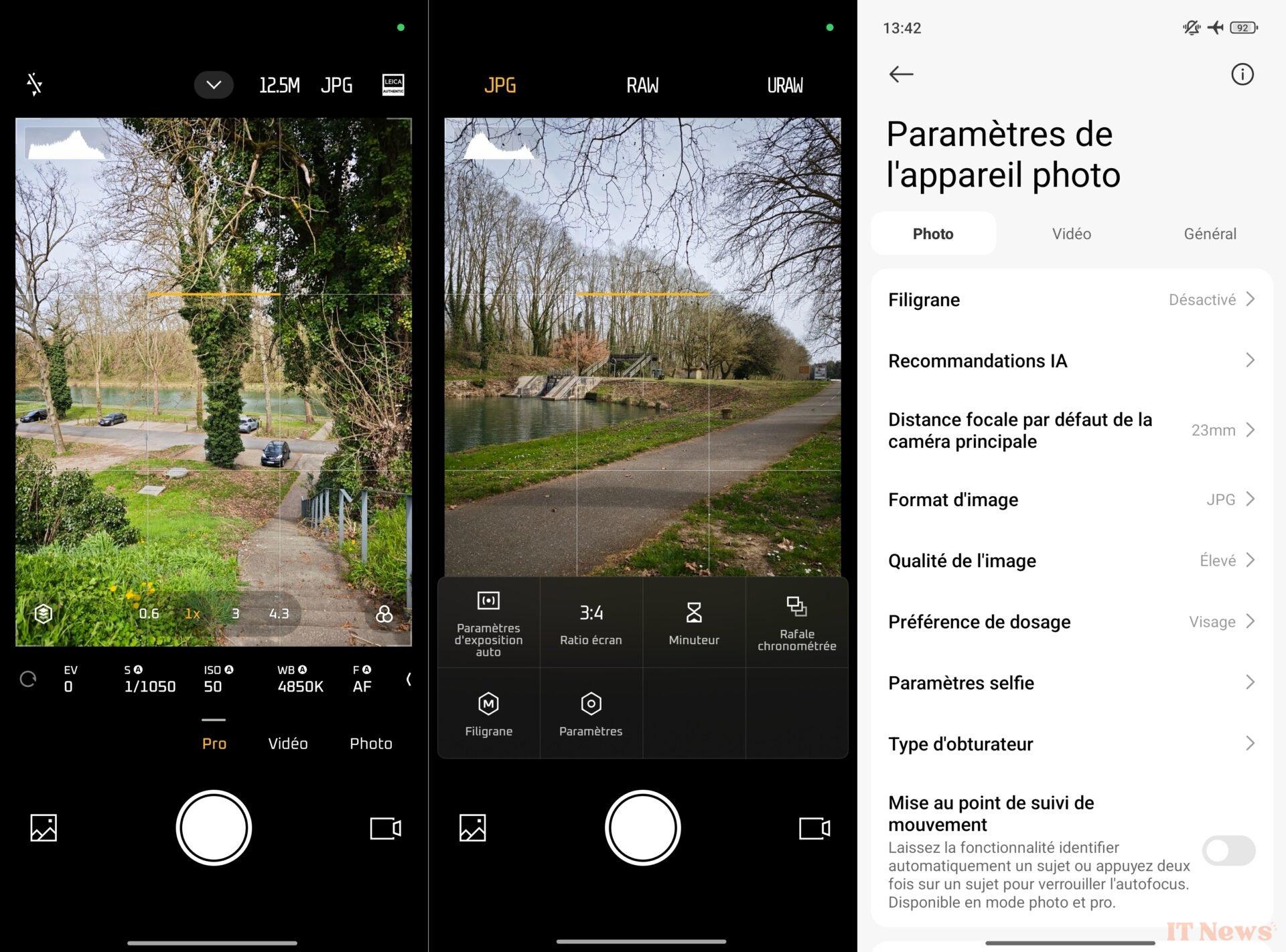









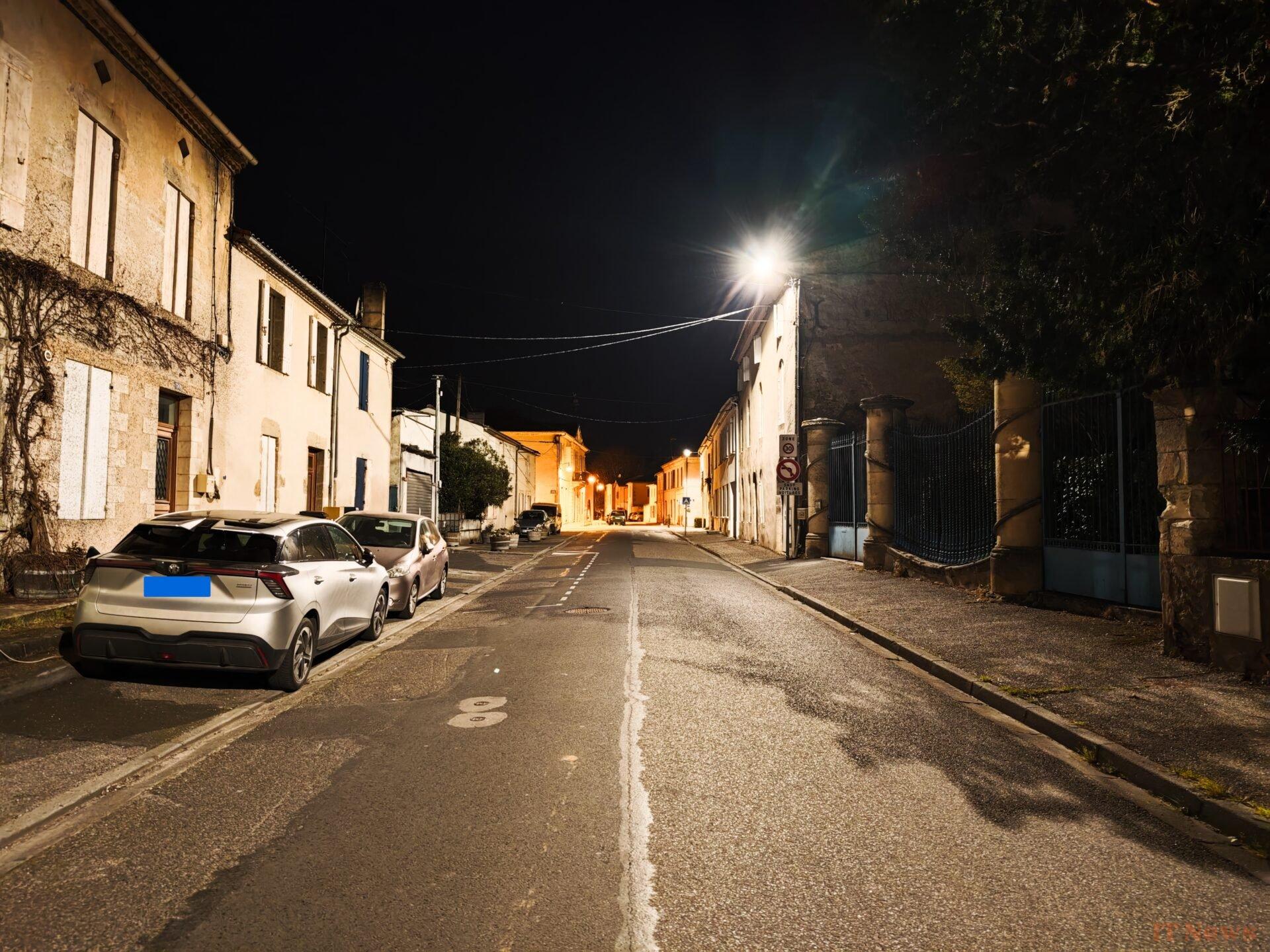



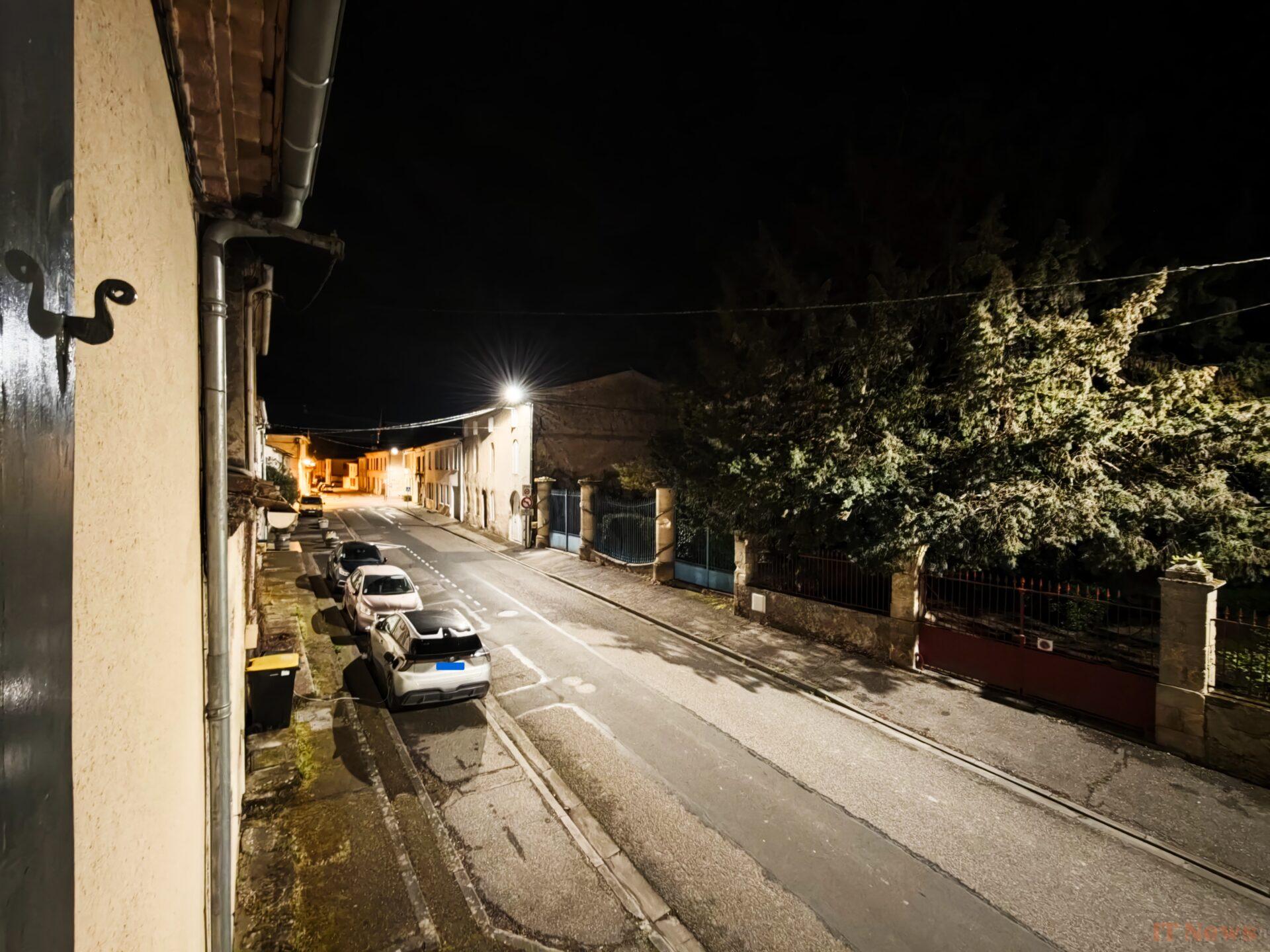
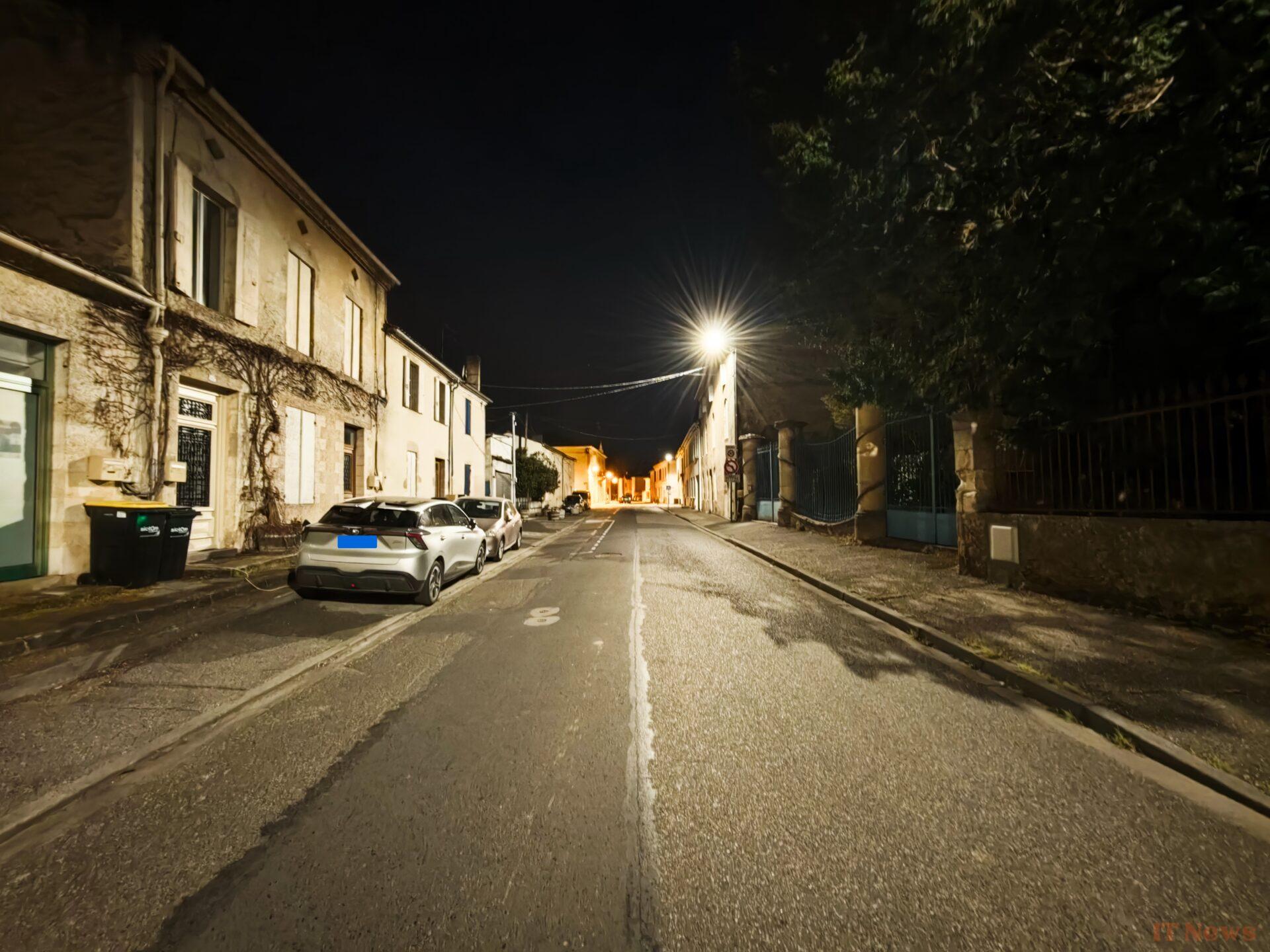


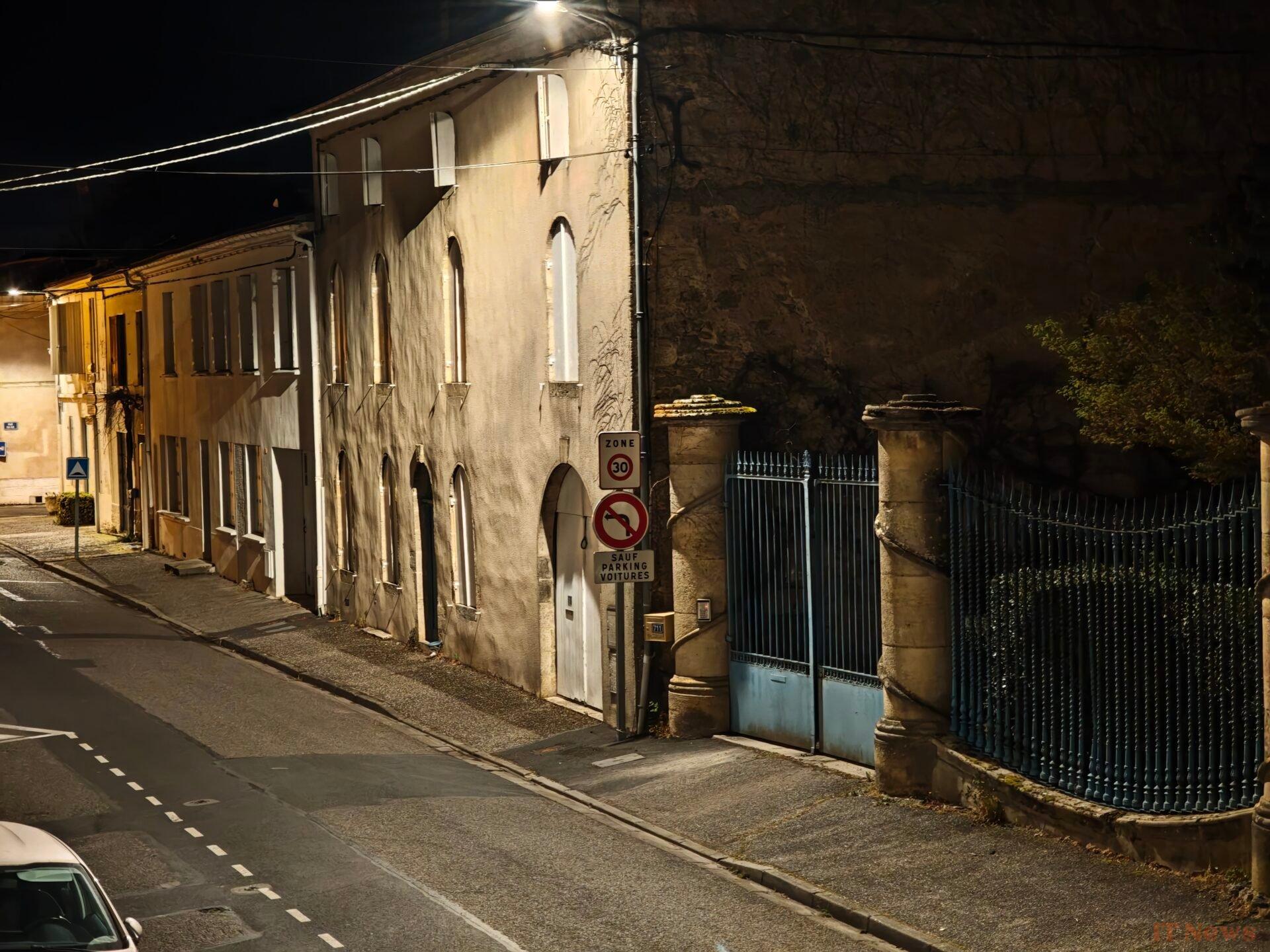
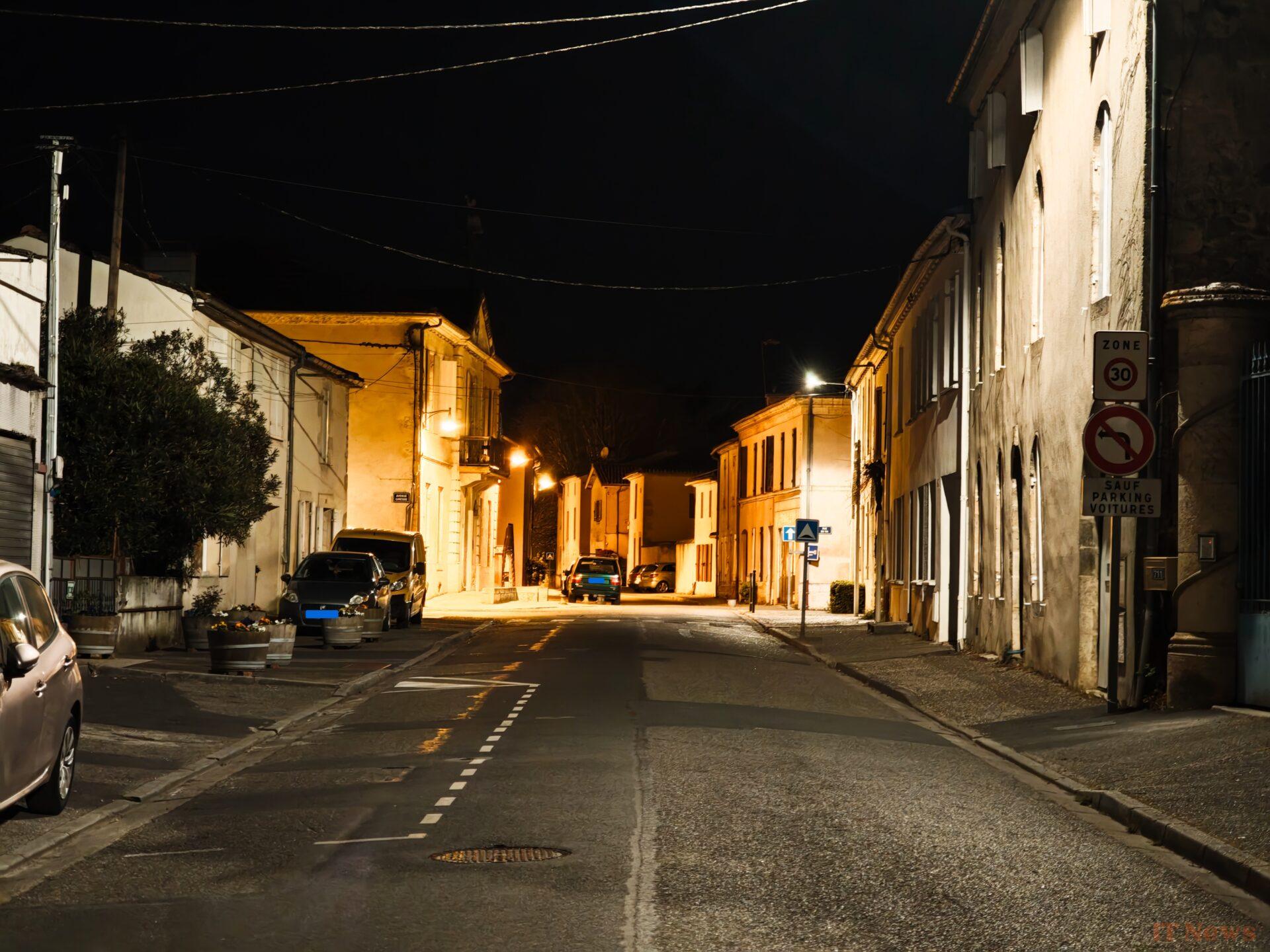



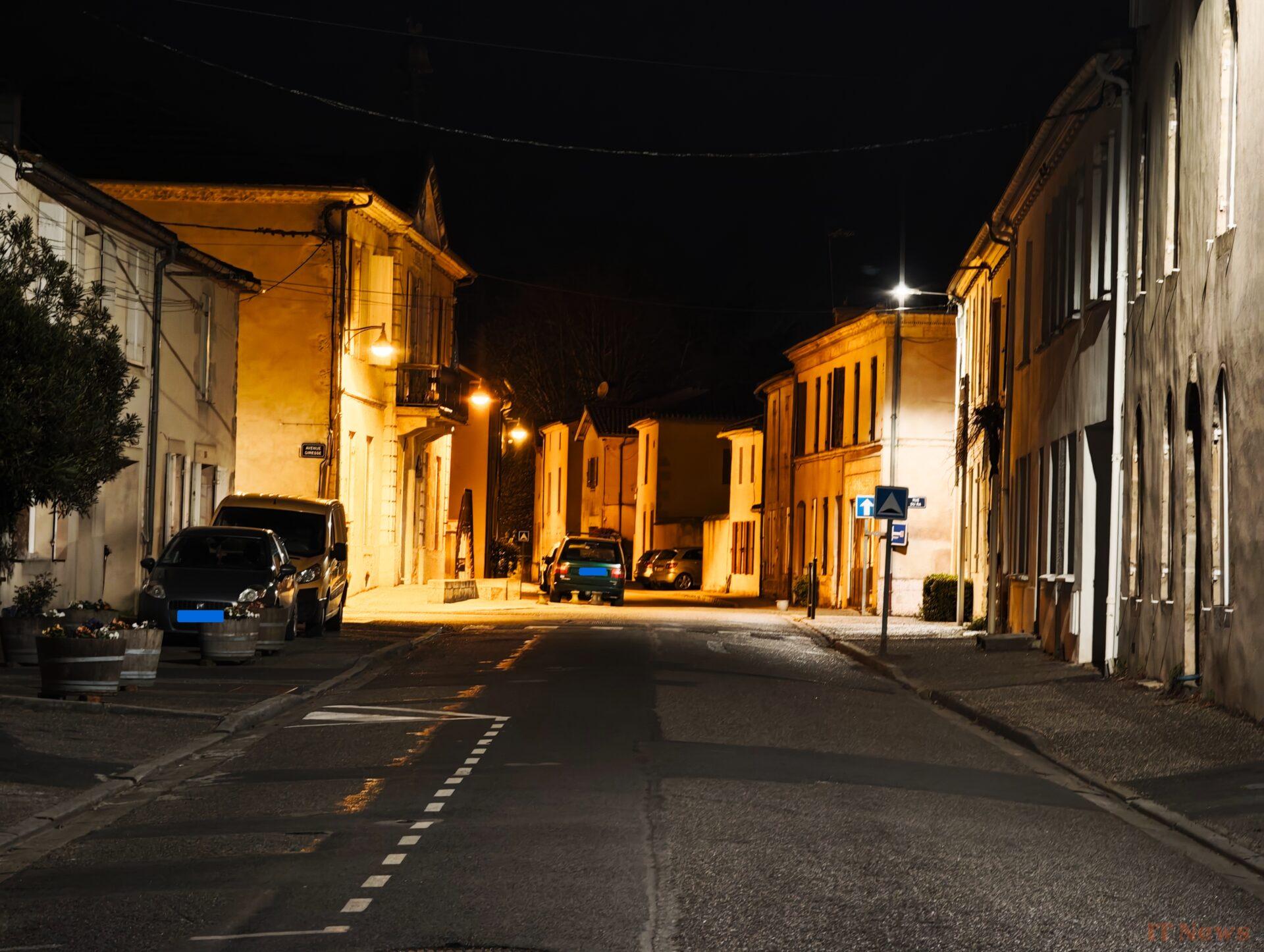



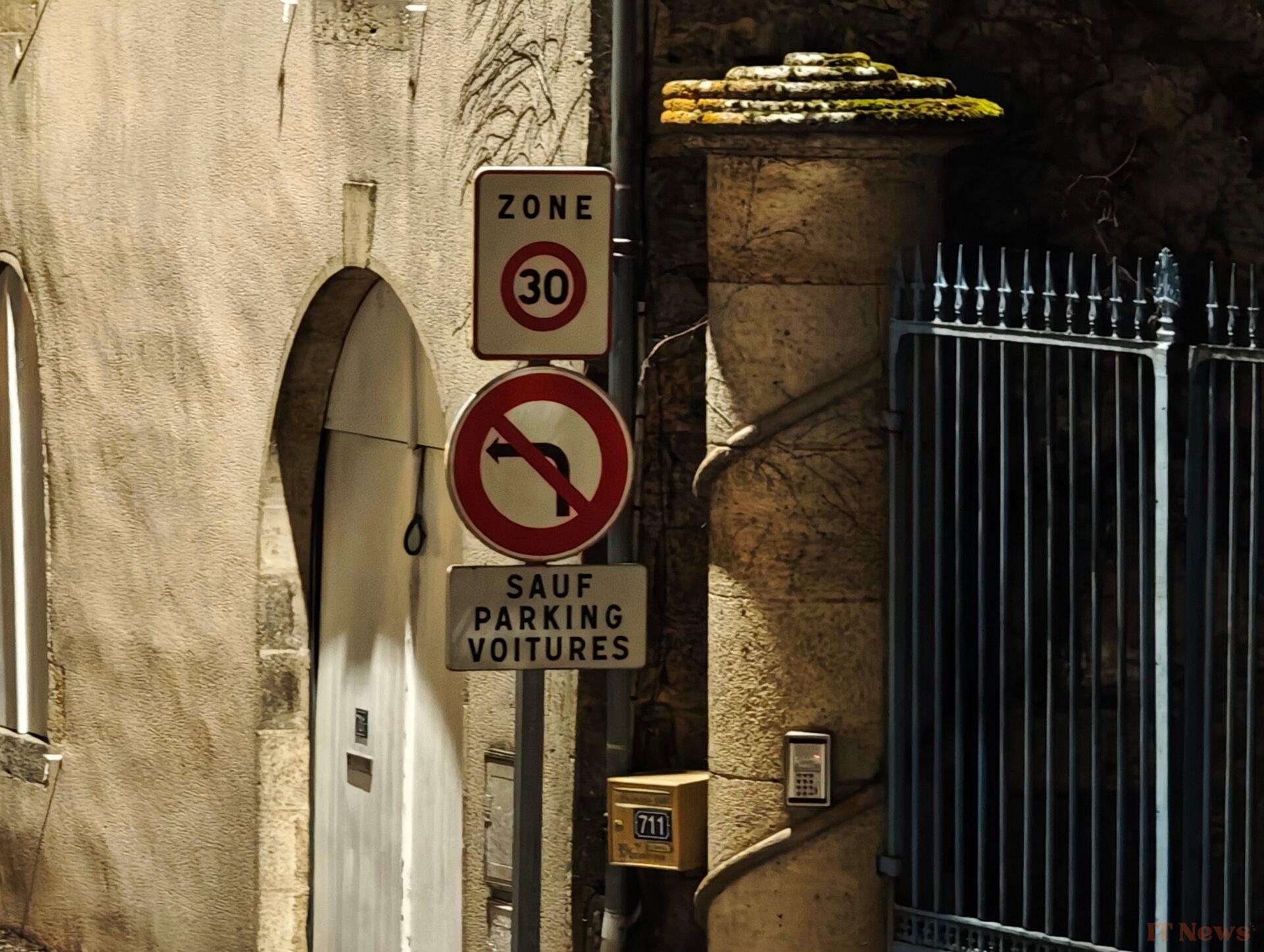





0 Comments